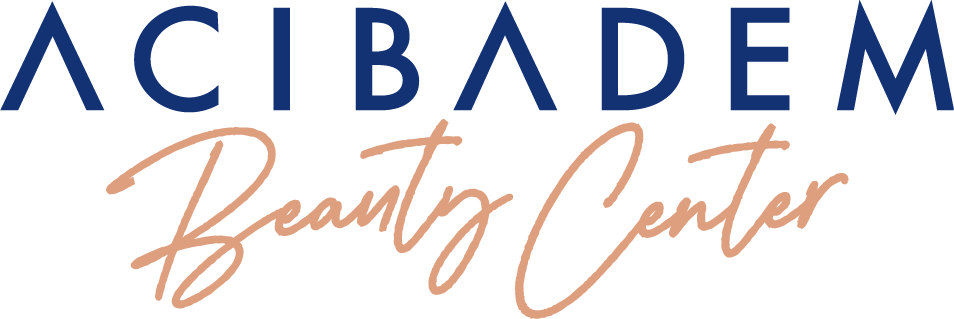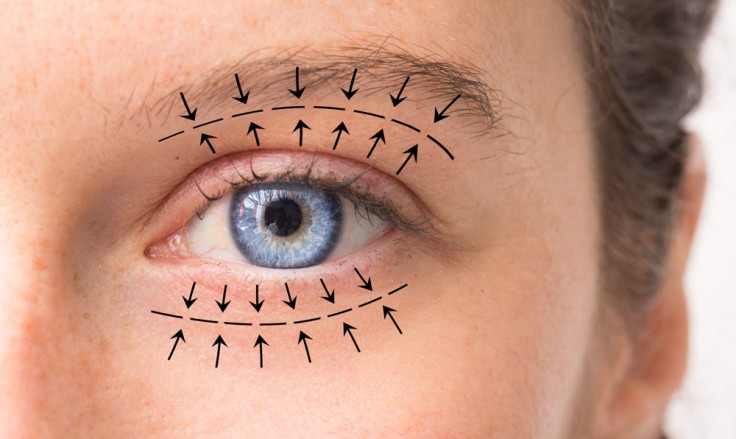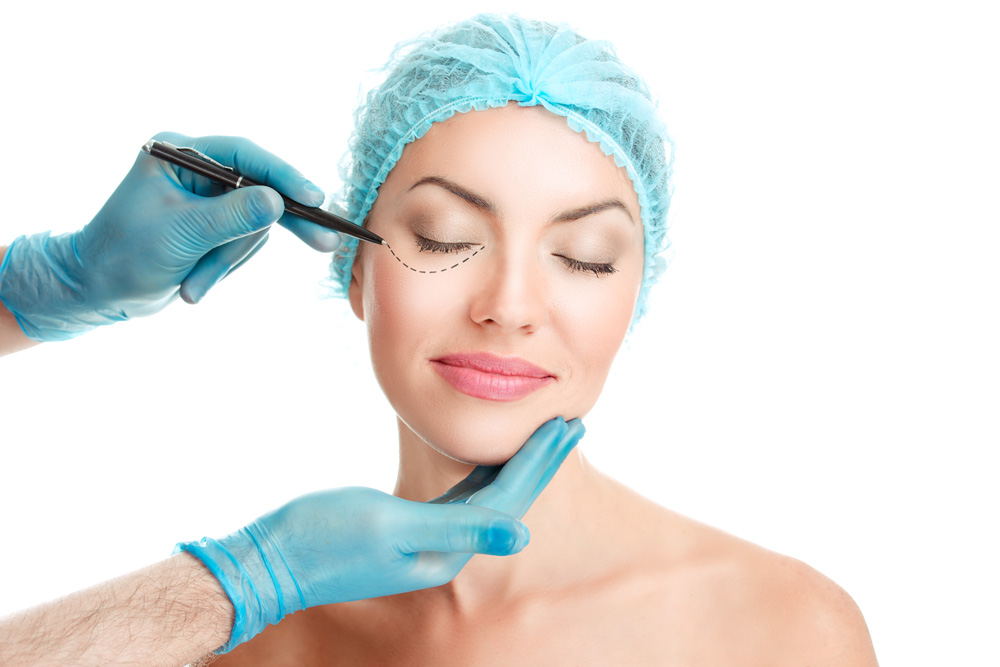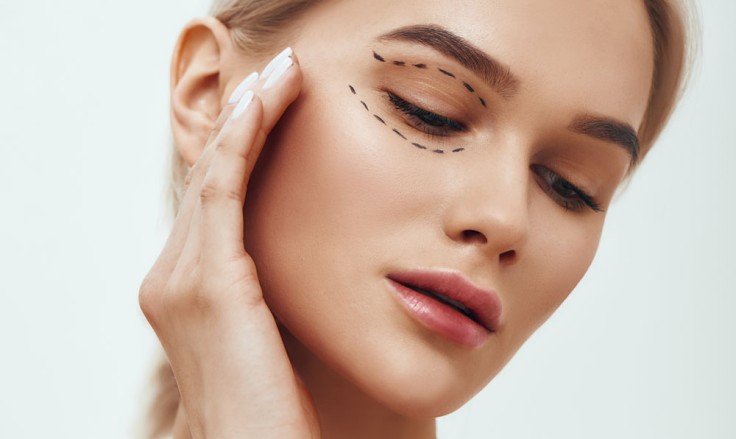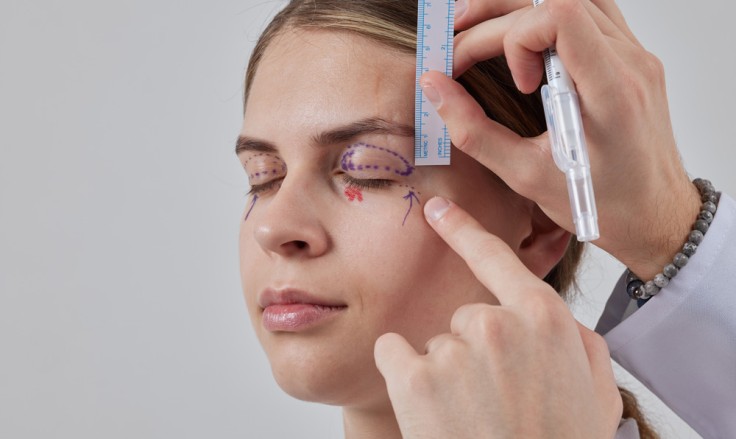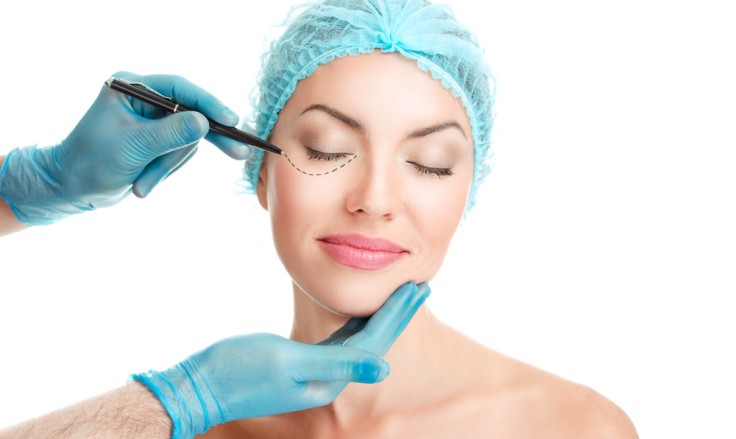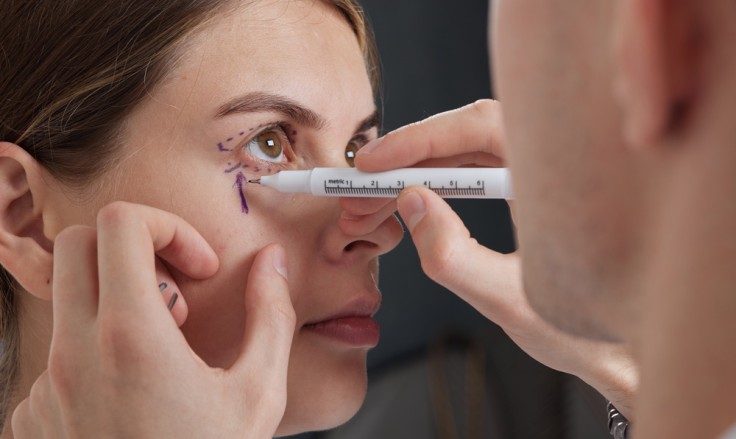Everything You Need to Know About Blepharoplasty Recovery
Introduction
Blepharoplasty recovery is a crucial phase that determines the success of your eyelid surgery. Proper care during this time ensures optimal healing and long-lasting results. This guide provides everything you need to know about blepharoplasty. Understand the whole recovery process, including timelines, tips, and expectations.
What Is Blepharoplasty?
- Blepharoplasty, or eyelid surgery, is a cosmetic procedure that removes excess skin, fat, and muscle from the eyelids.
- It can be performed on the upper, lower, or both eyelids to reduce sagging, puffiness, and drooping.
- This surgery enhances the eyes' appearance, creating a more youthful and refreshed look.
- In some cases, blepharoplasty also improves vision by eliminating excess skin that obstructs eyesight.
What Should I Expect During Blepharoplasty Recovery?
Recovery after blepharoplasty is generally smooth, but it requires patience and proper care. Here’s a detailed timeline:
Day 1-3: Immediate Post-Surgery Phase
- Expect swelling, bruising and mild discomfort around the eyes.
- Use cold compresses to minimise swelling during blepharoplasty recovery.
- Keep your head elevated, even while sleeping, to reduce puffiness.
- Avoid touching or rubbing your eyes.
Week 1: Initial Healing Phase
- Stitches may be removed within 5-7 days, depending on your surgeon’s instructions.
- Bruising and swelling begin to subside, but mild discoloration may remain.
- Light activities can resume, but avoid strenuous exercises.
Weeks 2-4: Gradual Improvement
- Most swelling and bruising fade, revealing initial results.
- You may return to work if your job doesn’t involve physical strain.
- Use sunglasses to protect your eyes from sunlight and wind.
Months 1-3: Long-Term Healing
- Scars continue to fade and become less noticeable.
- Final results are more evident as your eyes appear rejuvenated and natural.
Top Tips for a Smooth Blepharoplasty Recovery
- Follow Post-Operative Instructions - Adhere to your surgeon’s guidelines, including cleaning the incision site and applying prescribed ointments.
- Stay Hydrated and Eat Nutritious Foods - Proper hydration and a balanced diet support faster healing. Focus on foods rich in vitamins A and C.
- Avoid Straining Your Eyes - Limit activities like reading, screen time, or wearing contact lenses during the initial recovery phase.
- Use Sunscreen and Sunglasses - Protect your eyes from harmful UV rays to prevent irritation and darkening of scars.
- Be Patient with the Healing Process - Healing takes time, and results improve gradually. Avoid rushing into activities before your surgeon clears you.
Conclusion
Blepharoplasty recovery is an essential step in achieving refreshed, youthful-looking eyes. Ensure you understand the recovery timeline and follow your surgeon’s instructions. This will help minimise complications and enhance results. Stay patient and focus on self-care during this process to enjoy the full benefits.
For more information or to book a consultation visit the ACIBADEM Beauty Center Blepharoplasty page.
